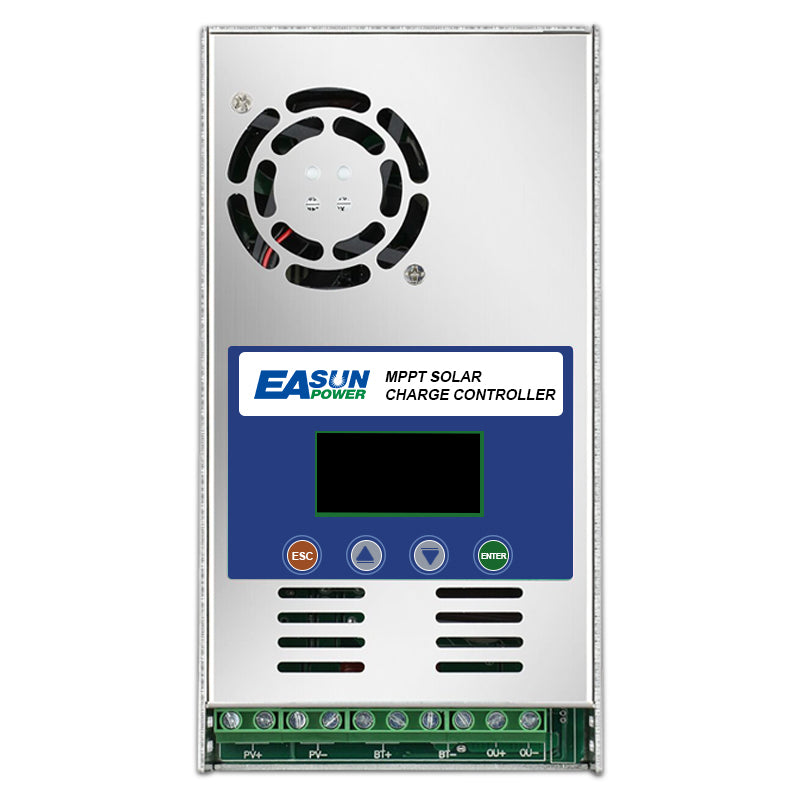The United States, Britain and Germany were the first three countries in the world to use electricity, and the United States was the first to adopt alternators and establish a 110 V grid.
Some neighboring countries and regions, such as Canada, Mexico, Cuba, Colombia, the Cayman Islands, as well as Japan and Taiwan, also adopted the standard of 110 V-120 V voltage.
Even though 220 V-240 V alternators were built after, these countries did not put to use this standard because of the high cost of replacing the power system.
To meet the electricity needs of citizens in different countries, single-phase inverters, split phase inverters and three phase inverters have also emerged. Below we will explain the differences between the three .
Single Phase vs Split Phase - What's the Difference?
What is single phase?
In addition to the single-phase three-wire system, the most common type of single phase electricity is a single phase two fire wire system (one fire wire and one netrual wire) used to distribute power in an AC supply, usually at a frequency of 50 or 60 hertz. The voltage of single phase electricity peaks twice in a cycle, and the instantaneous power is not constant.
What is split phase?
Split phase refers to the single-phase three-wire mid-point neutral power distribution system, which provide 120/240 Vac residential electricity.
In each pole mounted switching cabinet of streets or groups of properties, inside the transformer, there is a primary coil connected to the grid and a smaller coil that will be connected to the property, with the two ends of the secondary coil connected to the PROPERTY by two fire wires and the neutral wire connected to the center of the secondary coil.
The voltage between L1 and N and between L2 and N is 120V when measured with a multimeter, whereas when we connect the two fire wires with the multimeter leads, the voltage is 240V. Measured with respect to the neutral, the phase difference between L1 and L2 is exactly 180 degrees, but despite this, the split phase system is still a single phase system.
From the diagram above, it is clear that this is a series circuit, the currents flowing through them are in opposite directions with respect to the neutral, so the phase difference between them is exactly 180 degrees, but both voltage waveforms are in phase, or in step, with each other.
However, since a multi-phase system must determine a unique direction of phase rotation a split-phase system cannot produce a single pointing rotational magnetic field, so it is a single phase system.
What is split phase inverter?
In North America, people's home outlets provide power at 110 volts sometimes described as 120 volts, because transmission losses and power drops can cause power stations to provide power at voltages between 120 and 110 volts, so most appliances in North American countries are rated at 120/110V.
And heavy industrial loads such as compressors, refrigerators and pumps use a phase-to-phase (Live to Live) voltage of 220/240Vac.
A split-phase inverter is a device that converts DC power generated by a generator, battery, or solar power system into 110/240V AC power for domestic and industrial power needs in North American countries.
How Does Split Phase Inverter Work
The best value split phase inverter
The split-phase inverter can meet the demand of 110V/240V, and with the development of technology, the inverter charger is designed to integrate charging, discharging and AC/DC power conversion in one, bringing more convenience to users.
Single Phase Mode
Single-phase inverter is to convert the output AC voltage to single-phase, such as AC 220V or 230V. Usually, single-phase inverter has three interfaces, respectively labeled "N" "L" "PE ".
In single-phase mode, the output voltage of the split phase inverter provide 110V electricity to run the residential/light commercial applications.
One split phase inverter or paralleled pair of inverters?
Split-phase solar inverters and parallel solar inverters for split-phase systems serve different purposes and have distinct characteristics.
Each approach has its advantages and considerations, and the choice between them depends on various factors, including the specific requirements of the user.
One split phase inverter or paralleled pair of inverters?
Split-phase solar inverters and parallel solar inverters for split-phase systems serve different purposes and have distinct characteristics.
Each approach has its advantages and considerations, and the choice between them depends on various factors, including the specific requirements of the user.
Adavantages of Split Phase Solar Inverter
A split-phase solar inverter is a single inverter unit designed to work with a split-phase electrical system commonly found in North America (120/240V). It generates both 120V and 240V power from a single inverter. Here are some key points to consider:
-
Simplicity
Split-phase inverters are relatively straightforward to install because they are a single unit. -
Space-saving
They take up less space compared to multiple parallel inverters.
Advantages of Paralleling Solar Inverters for Split-Phase
Parallel solar inverters for split-phase systems involve using multiple single-phase inverters connected in parallel to achieve the desired split-phase output. Here are some key points:
-
Scalability
This approach allows for greater system capacity. You can add more inverters as your energy needs increase. -
Redundancy
If one inverter fails, the others can continue to operate, providing a level of redundancy.
-
Flexibility
Parallel inverters can be tailored to the specific energy requirements of the user, making them suitable for larger residential or commercial installations.
Conclusion
In summary, the choice between split-phase solar inverters and parallel inverters depends on the size and complexity of your solar installation, your budget, and your future expansion plans.
Smaller residential systems often opt for split-phase inverters due to simplicity and cost-effectiveness, while larger or more flexible systems may benefit from parallel inverters for their scalability and redundancy.
Consulting with a solar installer or engineer can help you determine the best solution for your specific needs.


